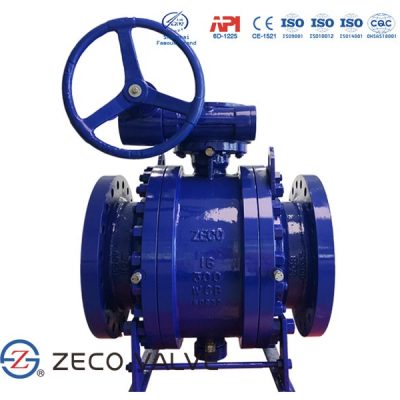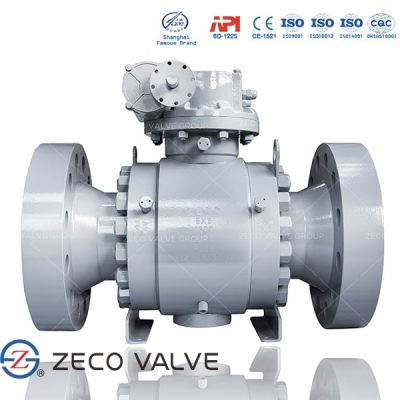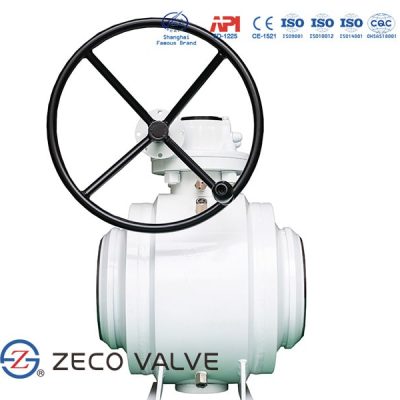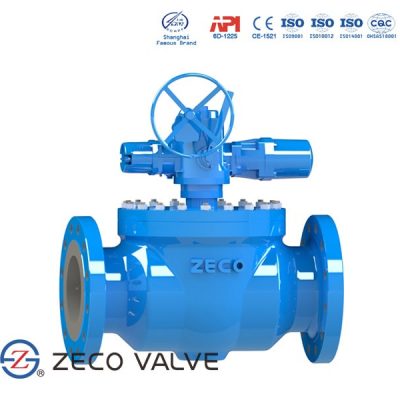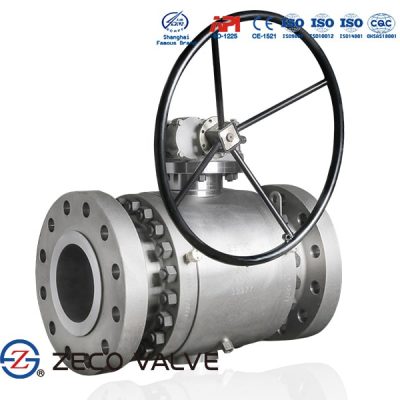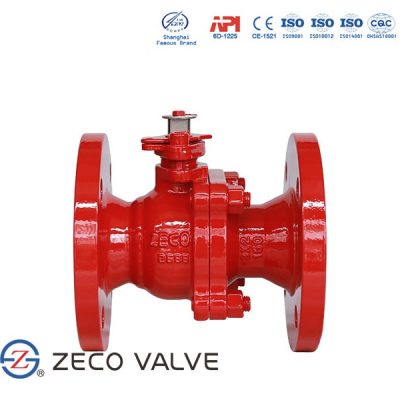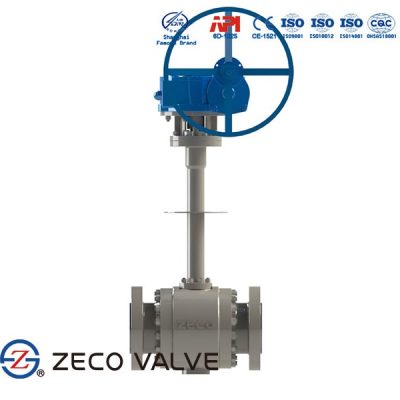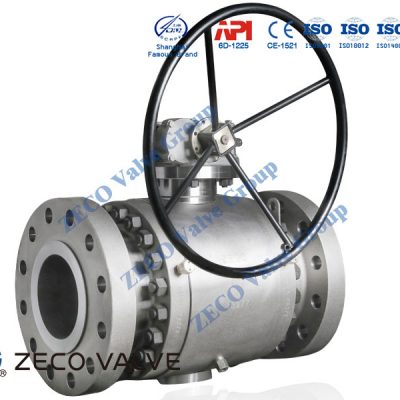What is Flanged Ball Valve?
Flanged Ball Valves are 1-piece or 2-piece ball valves that provide effective control of oil and gas operations. Its defining trait is the flanged ends that bolt to oil and gas pipelines. ZECO Flanged Ball Valve is a conventional-design flanged-end floating ball valve.
Why Ball Valves are Normally Flanged?
It falls into the end-entry valve classification and is mainly used for shutoff applications for mostly hydraulic circuits. A flanged type ball valve opens and closes the operating fluid flow completely when needed, and is most effective in providing positive leak-tight closure.
What is Flanged End?
A flange can also be a plate or ring to form a rim at the end of a pipe when fastened to the pipe (for example, a closet flange). A blind flange is a plate for covering or closing the end of a pipe. A flange joint is a connection of pipes, where the connecting pieces have flanges by which the parts are bolted together.
What is the difference between ANSI, JIS, and ASME Flanged Ball Valve?
Flange end connection ball valve is one of the common types that is applied in hydraulics installation. There are three standard types of flange end connection ball valves. All three types of flange end connection have their end dimensions’ spec to follow and it is not interchangeable during installation.
- American National Standards Institute, ANSI (ANSI 150#, ANSI 300#)
- Deutsches Institut für Normung, DIN (PN10, PN16, PN40)
- Japanese Industrial Standards, JIS (JIS5K, JIS10K, JIS16K)
How do you Assemble a Flanged Ball Valve?
- Liquids with high velocity
- When a ball valve operates frequently on liquids with high velocity, please check the valve drawing or diagram to minimize the possibility of seat deformation, especially when they are applied in highly pressurized and high-temperature pipelines.
- Valve selection
- Valve selection is important with design specifications that meet the pressure and temperature conditions required. Take note upon selecting the seat material as fluids containing abrasives might degrade the seats.
- Valve mounting
- Check the pipe bore to confirm that there is no weld spatter, scale, or rust particles remaining inside before mounting the valve. To mount the flange end ball valve, diagonally locate the flange bolts and it should be tightened evenly.
- Valve opening degree
- High maintenance and care should be attended to as the ball valve is under the category of on/off valves. This is to ensure that the ball valve can open and close fully when they are installed in a pipeline system. Valve opening will result in seat erosion and may cause seat leakage. Pipelines that require a ball valve for throttling service should be designed in consideration of the amount of seat leakage which may occur in its fully closed position. Please bear in mind that ball valves should be stored in a fully opened position.
- High temperature and high-pressure service
- The pressure and temperature rating recommended by the manufacturer is an appropriate guide to the maximum working pressure and temperature range that the valve can withstand. However, reference to the valve distributor is needed for an assurance of suitability when the ball valve is subjected to the conditions below:
- Valve left closed for a long period of time under high temperature or high differential pressure.
- Operate frequently for a long period of time under high temperatures.
- Frequent changes in the pipeline pressure or service temperature.
- The pressure and temperature rating recommended by the manufacturer is an appropriate guide to the maximum working pressure and temperature range that the valve can withstand. However, reference to the valve distributor is needed for an assurance of suitability when the ball valve is subjected to the conditions below:
- Valve disassembly
- The line fluid should be completely removed from the internal valve connection before they are dismantled from the pipeline for maintenance or repair purposes. Fluid residues will always be present in the valve body and body cavity even though users have tried to discharge most of the fluids through the pipeline. Before valve disassembly, please be sure to completely discharge the pressure trapped in the body cavity.

